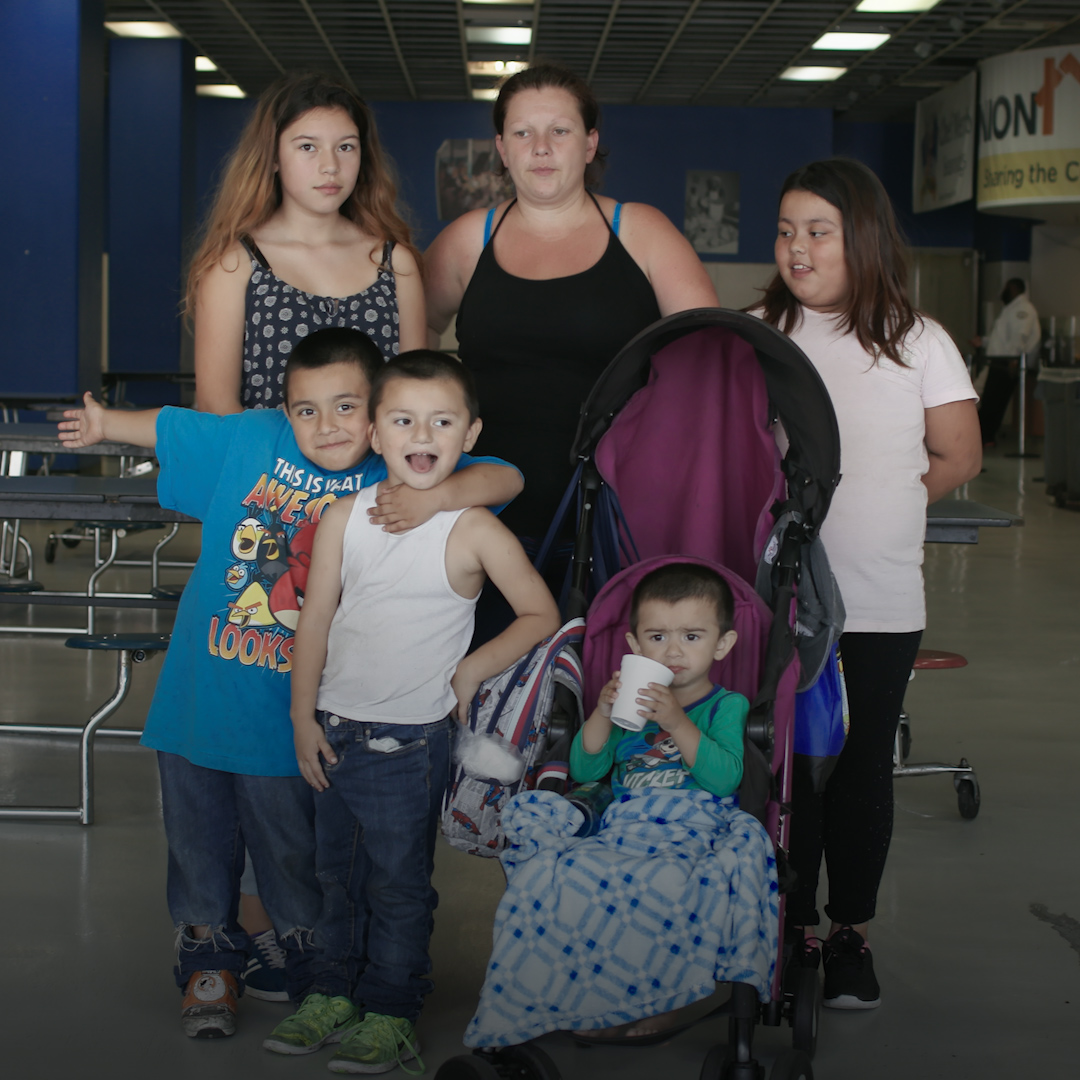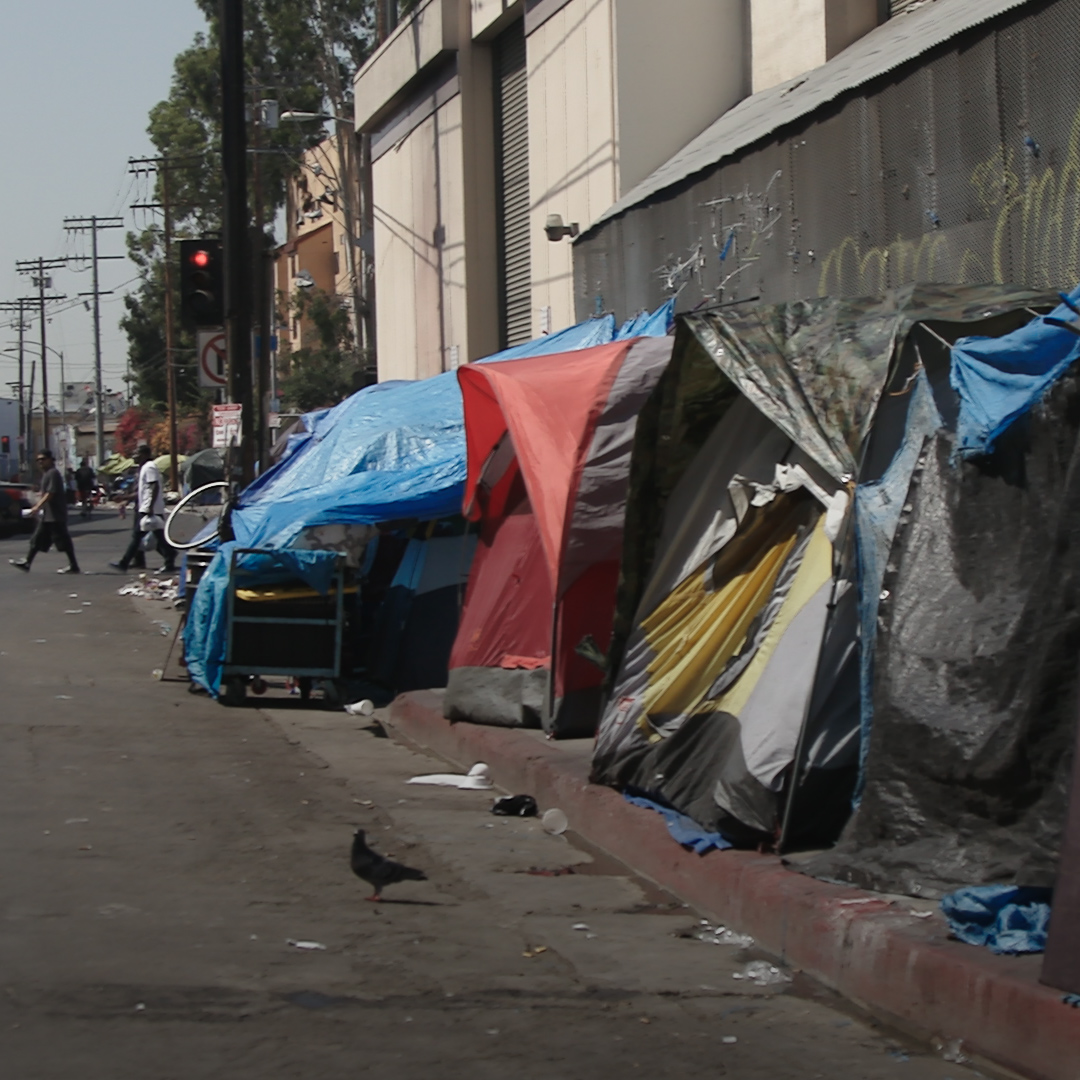Rising Rents Are Creating a Homelessness Crisis
People often think that homelessness is caused by a lost job, a drug problem, or perhaps a mental health issue. But in large cities like Los Angeles, there is another major factor that many can relate to and few can avoid: the rising cost of rent.
At least that's how Union Rescue Mission CEO Andy Bales sees it. “There is an absolute correlation between rising rents and homelessness,” said Bales. “Rent is a factor with the majority of homeless people."
Half a Paycheck From Crisis
 ATTN/Zillow - frame.io
ATTN/Zillow - frame.io
In Los Angeles, if rent climbs an average of five percent, nearly 2,000 more people will fall into homelessness. “500,000 people in L.A. are half a paycheck away from losing their home,” said Bales.
Antonio Vera has experienced this phenomenon firsthand. Vera, who had been a resident of downtown L.A. for ten years, has been living at Union Rescue Mission for the past five months, after rising rent landed him on the streets.
“In L.A., you might get into a place that has low rent, but if your rent isn’t controlled, it can jump to a number you can’t pay,” Vera said. “I was paying $700, but within a couple of months, it went up to $1,100.”
Vera depends on disability benefits for a chronic back problem to supplement his income. One month, the benefits didn't arrive. This interruption, combined with the rent increase and his inability to find enough work to make up the difference, forced him to vacate his home.
No Cushion for Emergencies
 ATTN/Zillow - frame.io
ATTN/Zillow - frame.io
Vera's situation is surprisingly common. “In places like Miami, San Diego and San Jose, residents were surveyed and found to spend an average of 40 percent of their paycheck on rent,” said Skylar Olsen, senior economist at Zillow. “In Los Angeles, that number comes close to 50 percent. For people in the lower third of household incomes, it’s even worse. People end up saving nothing. There’s no money saved up for emergencies.”
It's a situation Vera knows all too well. “I’m working, but to get an apartment, I’ll need to get enough money for a first month’s rent, a last month’s and a security deposit," he said. "That means I need three months' rent saved. And I need to get money for furniture. I lost all of mine when I left because I had no money for storage.”
No Options Left
 ATTN/Zillow - frame.io
ATTN/Zillow - frame.io
And while there are assistance programs that could potentially help people like Vera, they carry specific income standards and are decided by a lottery system. “If you’re lucky, you can get housing subsidies,” said Olsen. “But most don’t know that only one in four people who qualify actually get them.”
What Can Be Done?
 Flickr/David Brossard - flickr.com
Flickr/David Brossard - flickr.com
According to Olsen, the city of Los Angeles cited a homeless population of just under 47,000 in 2016. However, the way the city arrives at this number is problematic. The census count for determining the homeless population is done at night, once a year. This method ignores factors like increased mobility among the homeless during the nighttime hours. By Zillow’s own internal estimate, there are actually over 59,000 homeless people in Los Angeles. Taking potential rent increases into account, their projected estimate for 2017 is more than 61,000.
“Population is growing quickly and housing is not,” Olsen said. “L.A. has a problem getting population density, especially affordable density. If new units go up, they tend to be more luxury. But a solution to our crisis is going to [require] a lot of different elements: mental health care, drug and alcohol counseling, making sure homeless people have proper identification so they can get work, as well as building affordable and high density housing units."

